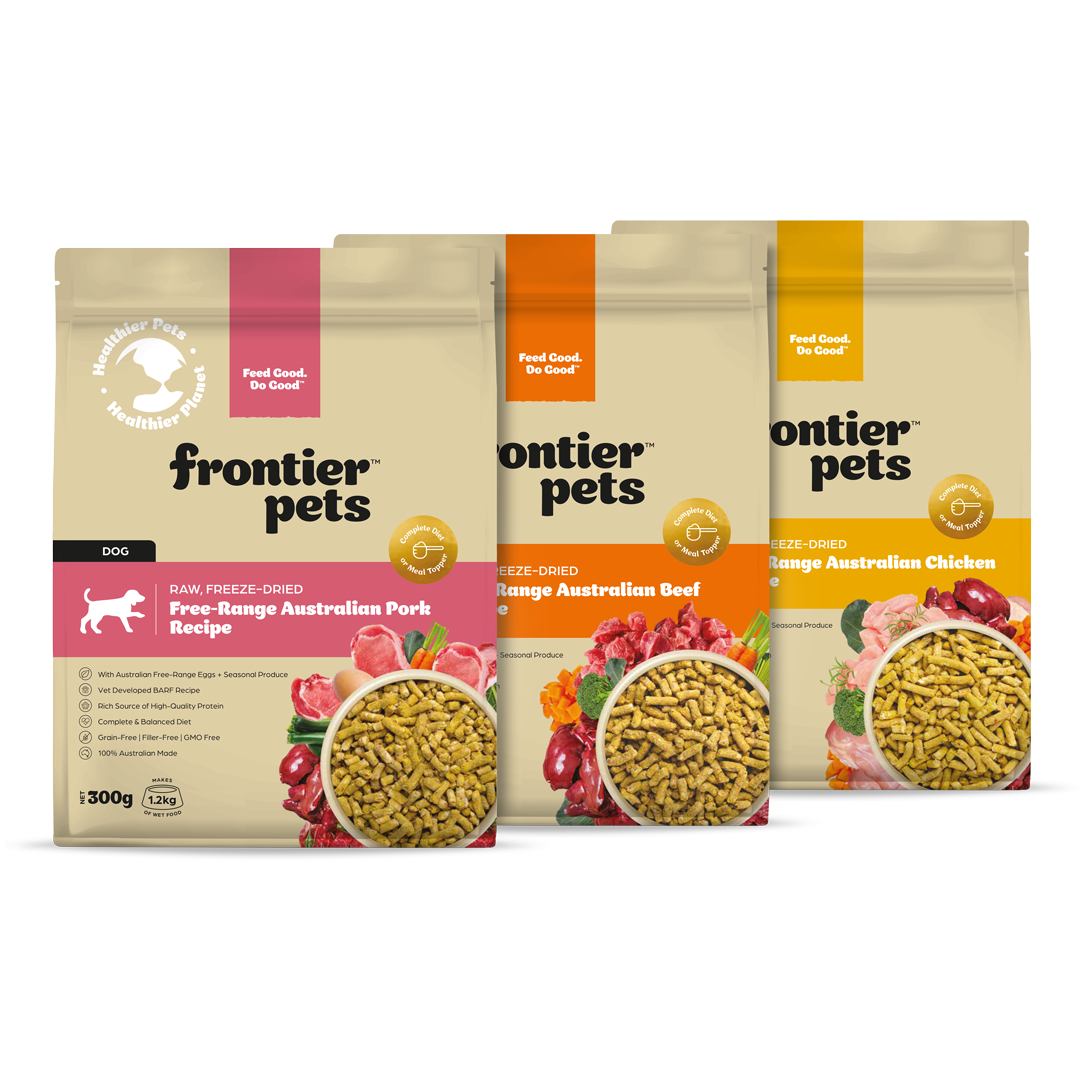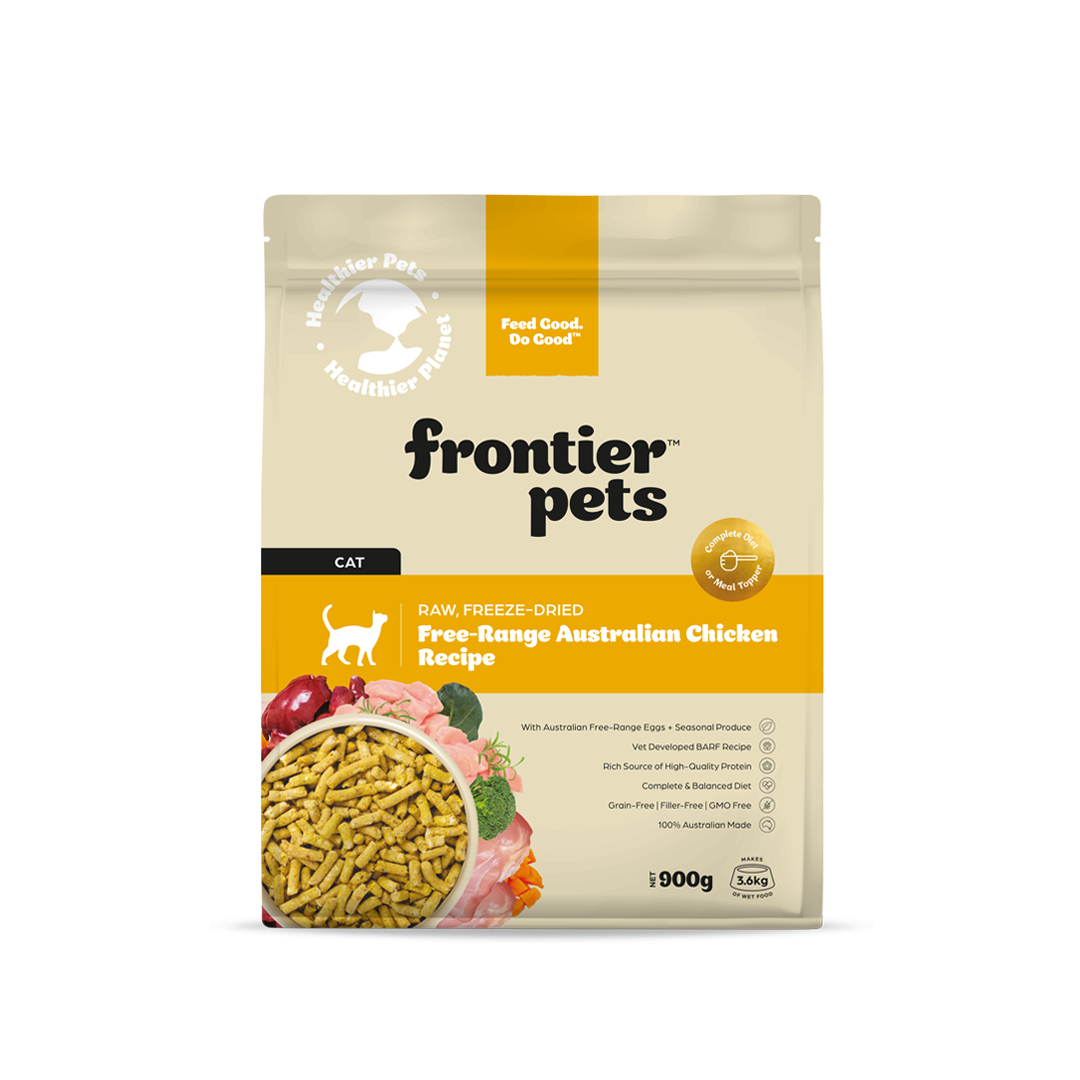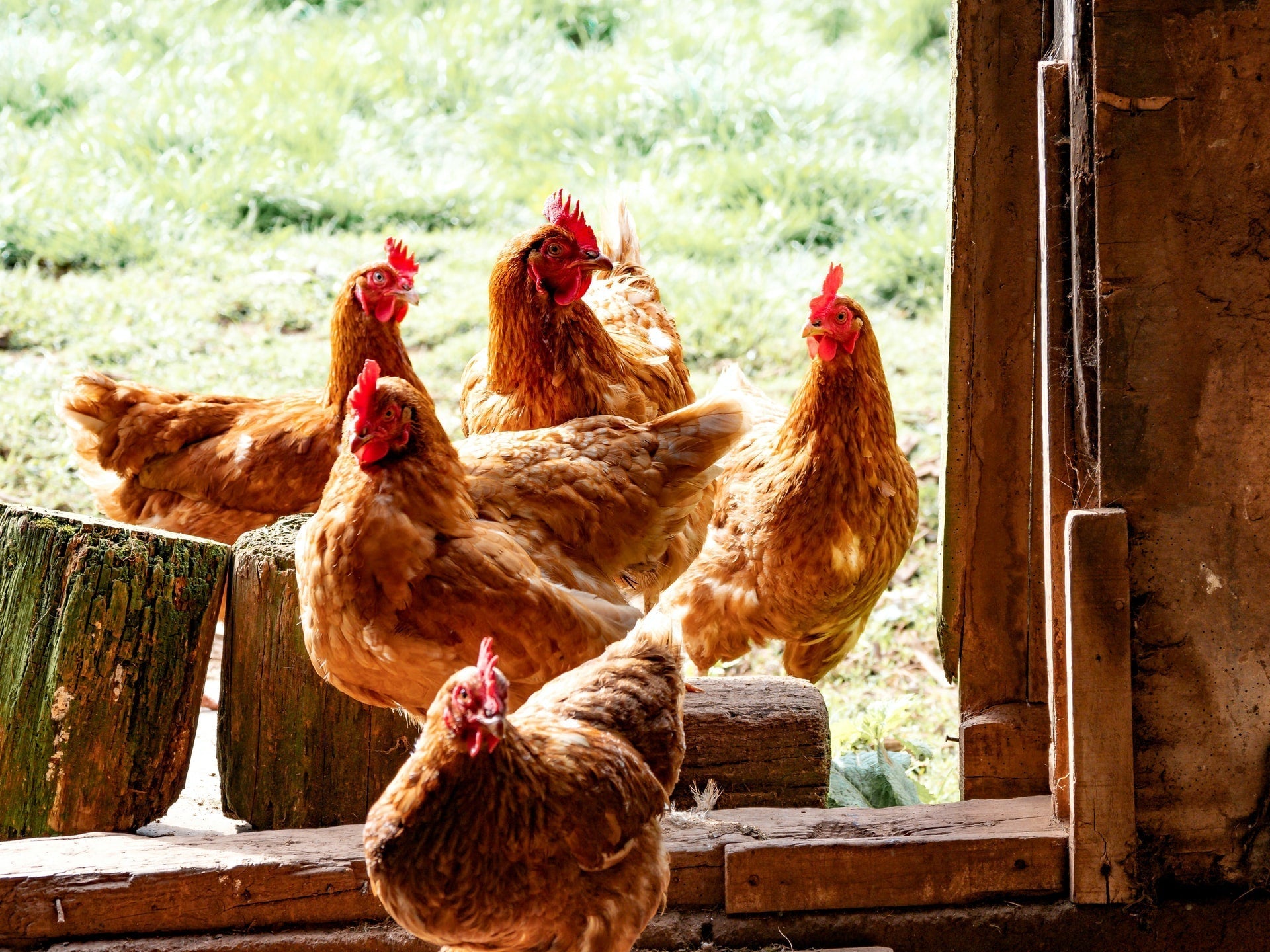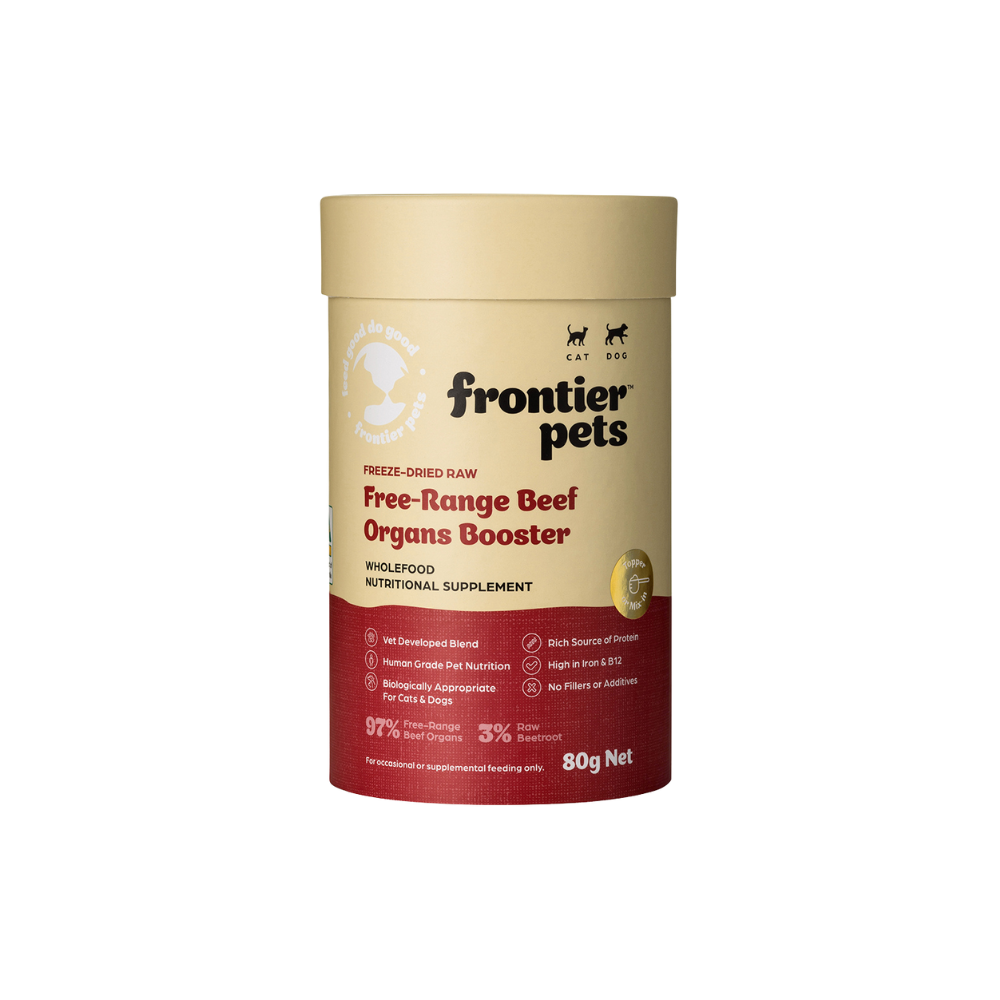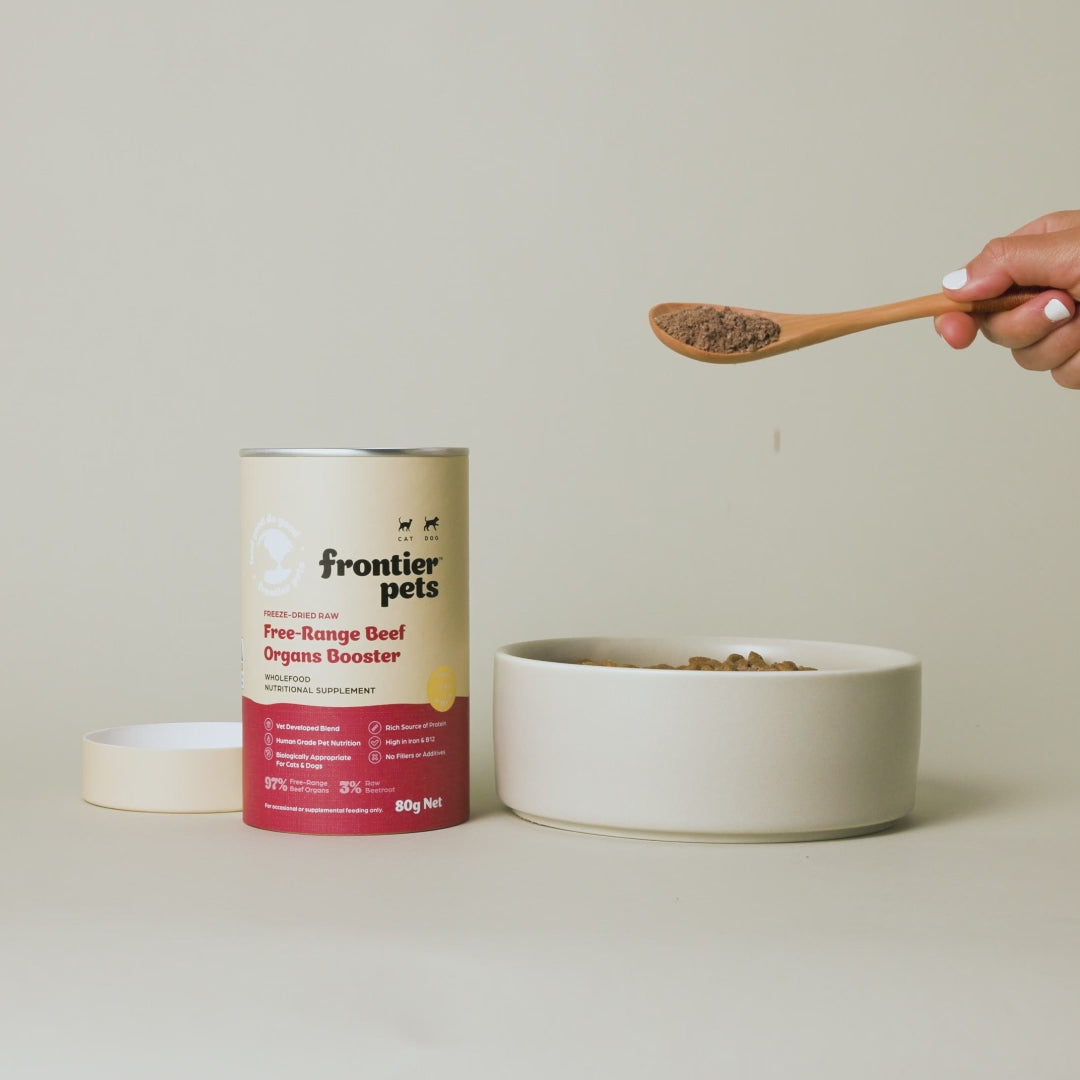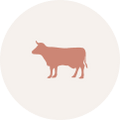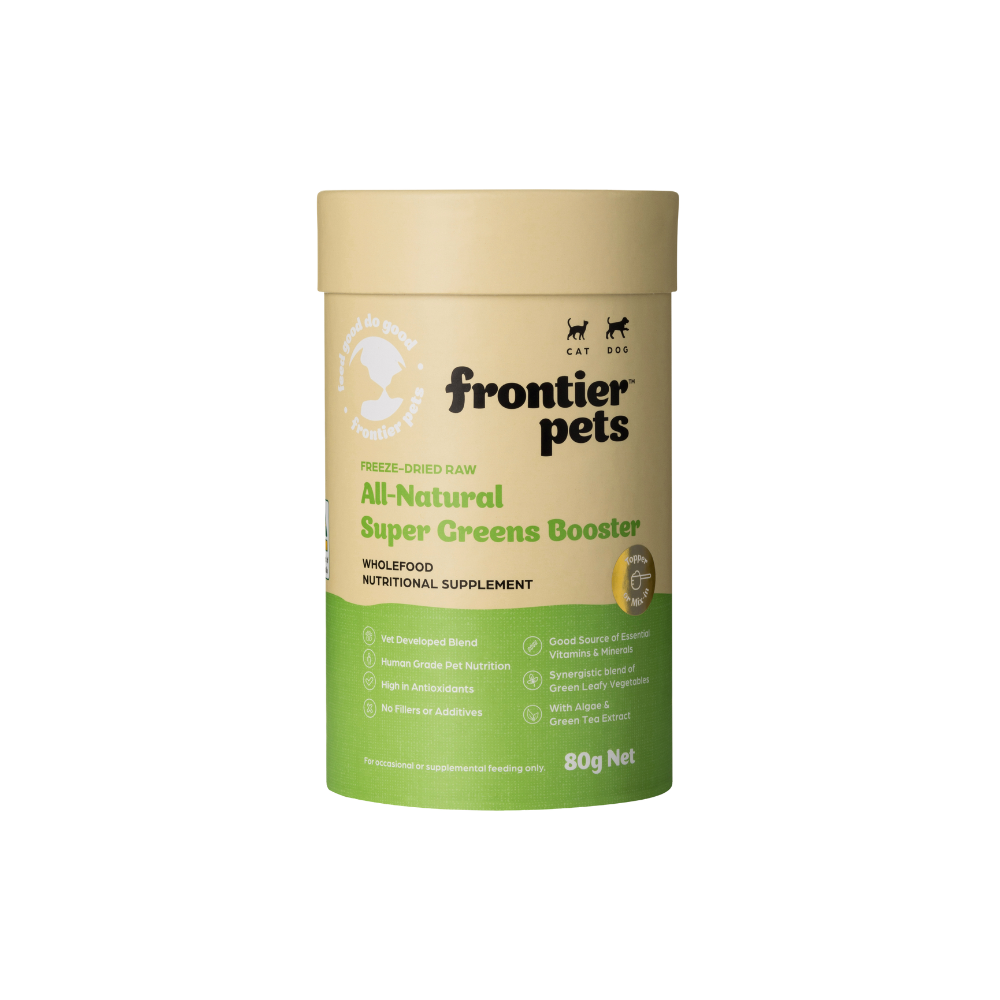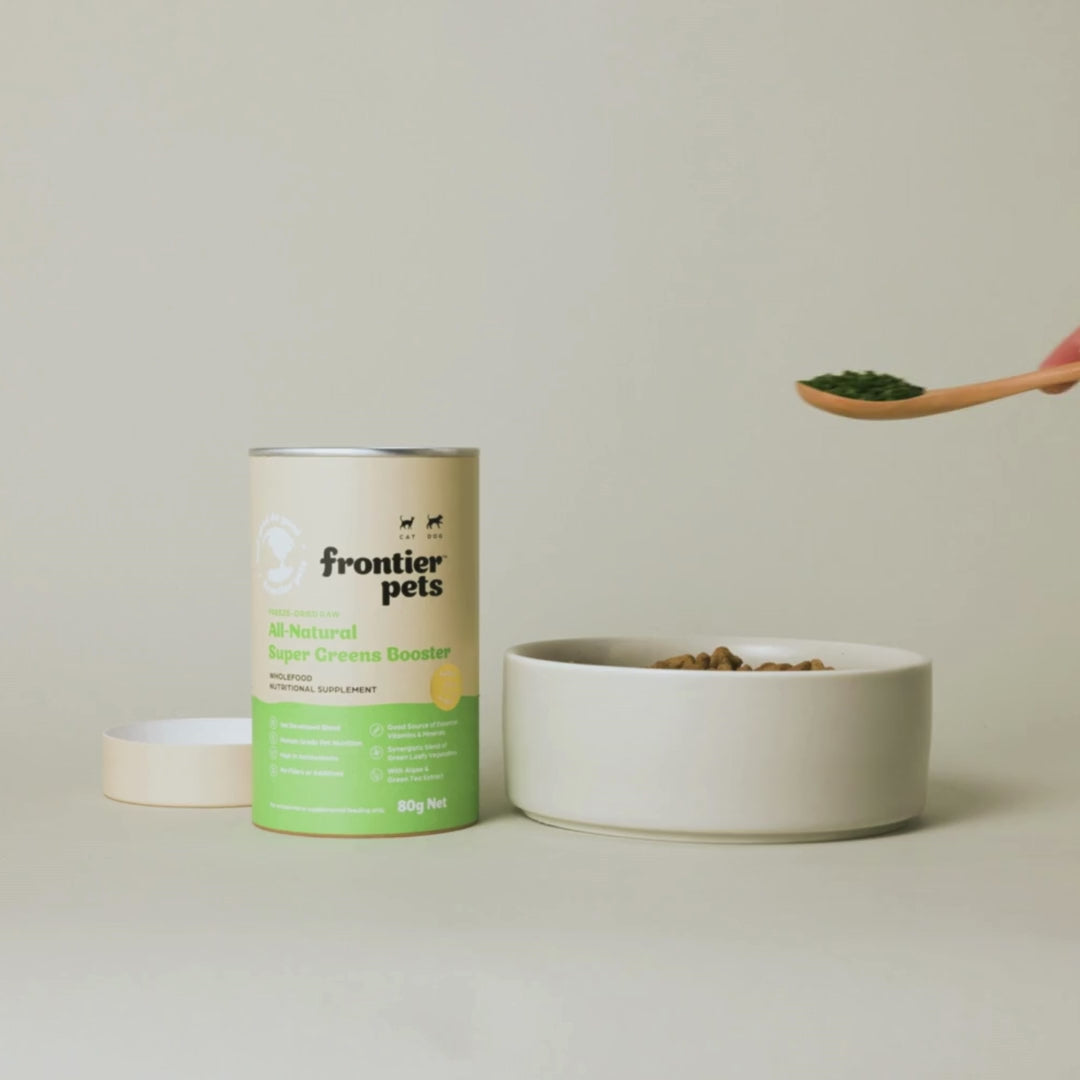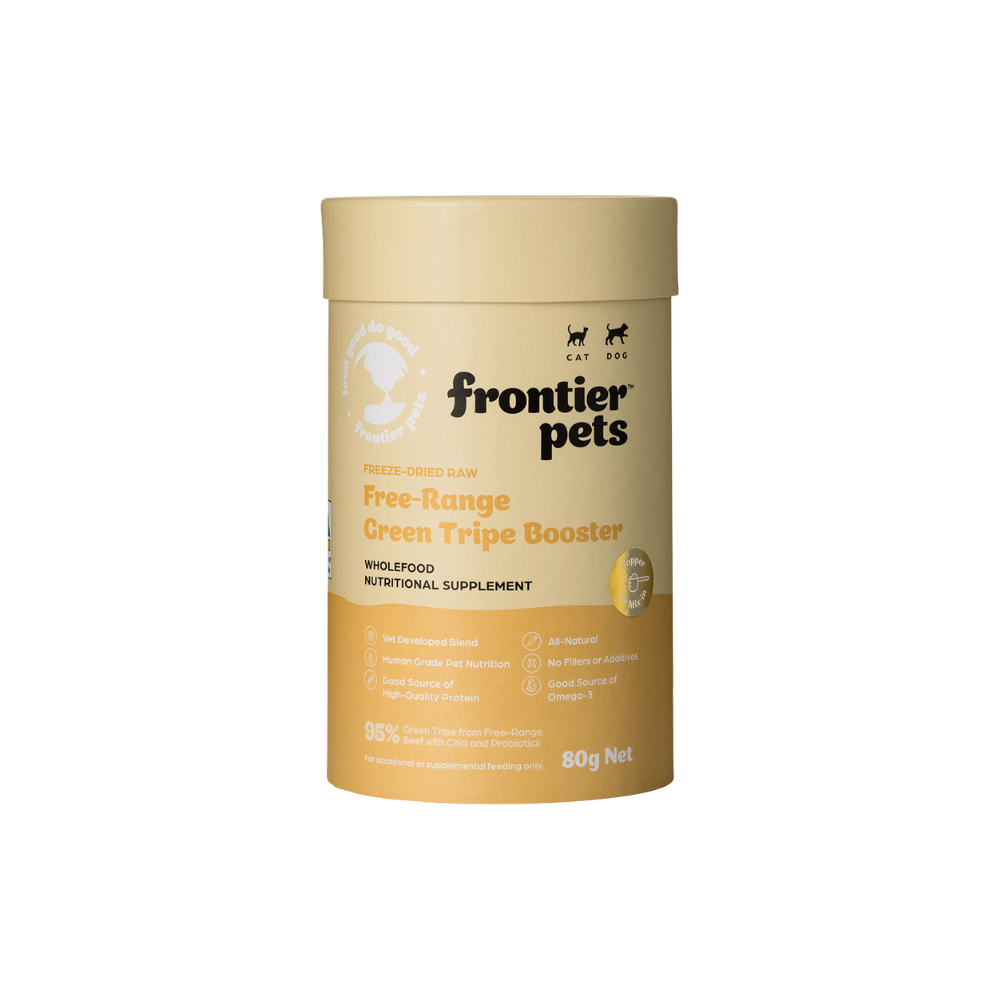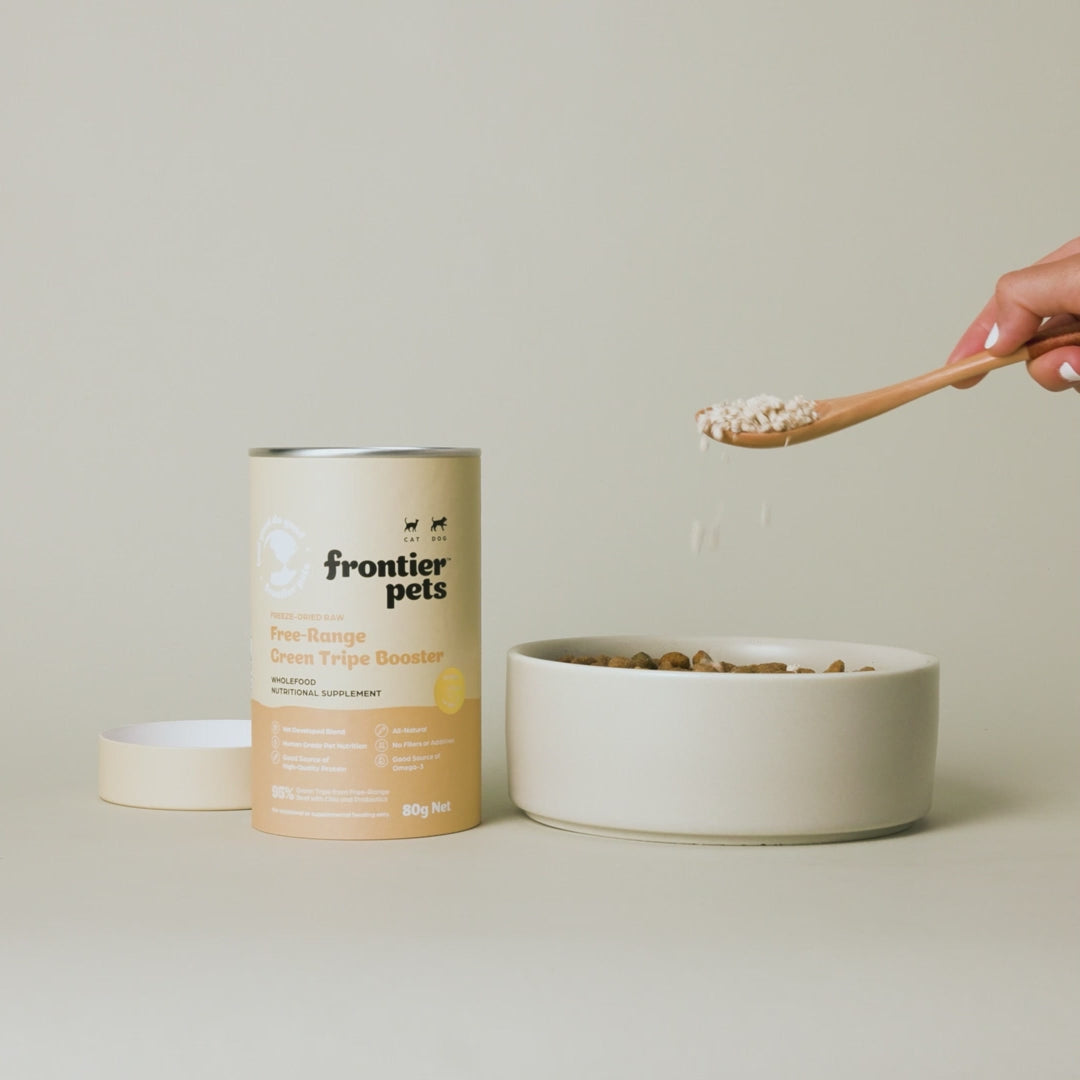Is the best puppy food, raw dog food?
We believe so and here’s why.
Bringing home your first puppy, it’s easy to feel inundated with all the dog food options available on the market. We all want to give our puppies the best dog food for their health & wellbeing. But what is best?
When you pick up your new puppy, your breeder may recommend a particular brand of puppy food to buy. Continuing your puppy on the same food is important to avoid upset tummies, however, you want those foods to include raw free-range meats, without any harmful additives.
If your puppy has been on kibble (dry food) or you’re looking at that option, you might like to take a quick look at how kibble is made, to help with your decision to finding the best puppy food in Australia for your dog.
You may be quite shocked to learn how heavily processed kibble is, and how damaging it can be to the long term health of your new puppy (or adult dogs for that matter).
To add to the confusion, you’ll soon take your puppy to the vet for their vaccinations. At this point your vet may offer you another prescription kibble. They will claim it’s the best. A quick google search will also give you the same information about a variety of different brands.
So how do you cut through all this confusion and find out what is the best dog food Australia has to offer?
You may see the term BARF (Biologically Appropriate Raw Food OR Bones and Raw Food) pop up frequently – and for good reason. The raw dog food movement is growing significantly in popularity among dog owners who highly value the health of their dog.
BARF is a relatively easy concept to understand and simply makes sense.
At the beginning of my journey creating Frontier Pets, I had a load of questions like what does it really mean? Is a raw diet beneficial and why? And, ultimately, what’s best dog food for my dog?
Here’s an insight into what I found…
Dr Ian Billinghurst, the creator of BARF feeding explains;
“The raw feeding program is about feeding dogs and cats the diet they evolved to eat over millions of years of genetic adaptation.”
And states that “if we want our dogs and cats to reach their full genetic potential in terms of health, physical activity, longevity and reproduction we must match or closely mimic their evolutionary diet”.
To feed a BARF diet you must ensure your dog is getting a combination of meat, bone, organ meats (livers, kidneys, and hearts), and raw eggs as well as fruits, veggies, and supplements to support their growth and development. Once you have a sound idea of your dog’s nutritional needs, feeding a raw diet becomes relatively simple although can be somewhat time consuming.
Benefits of feeding a raw diet to your dog
- Higher energy levels. The BARF diet does not promote the feeding of grains. Your dog will get their energy resources from slow-release carbohydrates (protein, sweet potato, leafy greens).
- Healthier Skin. Many of the commonly occurring skin irritations and conditions in dogs come from gluten. The BARF diet is gluten free and, without it, you will be eliminating the potential for these skin conditions to develop.
- Cleaner Teeth. If you think that dogs need kibble to clean their teeth, I’m afraid you have been misinformed. Kibble is heavily processed and causes decay in your dog’s teeth. The only thing that will clean your dog’s teeth, is a raw meaty bone. We recommend feeding your dog a bone once a week and leaving them to chew on it for no more than two days.
- Smaller and less smelly stools (and farts). A healthy raw fed dog tends to produce significantly less poo, that is also smaller than that of a kibble fed dog. This is because your dog is using up more of the nutrients in their food.
Potential threats of feeding a raw diet to your dog
- Health concerns. Some fear that bacteria in raw meat could be harmful to your pet. By feeding human grade, free-range meat you are eliminating this risk.
- Unbalanced Diet. If you’re planning to feed raw, we recommend doing your research so you can ensure your dog is getting all the essential nutrients he needs. Simply feeding meat is not enough – your dog will miss out on important nutrients as they are an omnivore and need plant based products also.
- Choking Hazard. There has been a long-standing debate that bones are bad for your dog, I think this dates back to owners feeding their dogs leftover cooked chops and chicken bones that can easily splinter and become lodged in your dog’s throat. Always feed your dogs raw meaty bones.
Potential threats of not feeding a raw diet to your dog; Commercial canned and dry pet food, are;
- A prime cause of periodontal disease in all breeds of dog and cat.
- Associated with gas accumulation and twisting of the stomach, generally with fatal consequences.
- A common cause of diarrhoea.
- Cause intestinal allergies, associated with skin itch and behavioural changes.
- Prime cause of flatulence and offensive odour in dogs.
It’s important to note that the BARF diet is not a new trend nor is it a fad, rather this diet is based on the pre-existing diet our pets have eaten for millions of years. It is only in the last 70 years or so, that pet food manufacturers worldwide have conditioned consumers to believe that heavily processed tinned pet food and kibble are what’s best for your dog.
The challenge for consumers is that often our vets will recommend a kibble product. This unfortunately is the product of information provided to vets as “research” presented in industry publications. These publications come from the Australian Veterinary Association (AVA) whose largest corporate supporters are Royal Canin and Hills – both owned by offshore big brands Mars and Colgate.
While pet food companies continue to control research and publication of annually distributed veterinary information, consumers and vets are not necessarily getting an unbiased view.
Veterinarian Ian Ballinghurst states:
“As a profession we will shortly be hanging our heads in shame as we realise that we have acted as unpaid sales staff for an industry that has not promoted the health of our clients’ pets. An industry that has pushed products that are clearly and demonstrably responsible for much of the misery suffered by pet cats and dogs in the western world while generating huge profits”.
Raw feeding can be overwhelming, as well as research and labour intensive, so it makes sense that grabbing a bag of kibble from your local vet is an easy choice for many first-time pet owners.
If you want to give your pet the best pet food available and don’t have the time to home prepare, then there are options. Australian pet food company Frontier Pets, produce a range of raw dog food, that is biologically appropriate, uses human-grade, free-range ingredients and is freeze-dried. That means it’s a dry product that you keep in your cupboard (for up to two years) and that you add water to when you’re ready to feed your dog. It’ exactly the same as a home prepared meal without the hassle.
If you’ve got any questions for us, drop us a line on Instagram or Facebook.
References
Raw Meaty Bones, Tom Lonsdale - Raw Meaty Bones - Tom Lonsdale - Google Books
Dr Ian Ballinghurst - Pet Nutritionist - Dr Ian Billinghurst
Australian Veterinary Association, Annual Report 2020 - annual-report-2020.pdf (ava.com.au)

